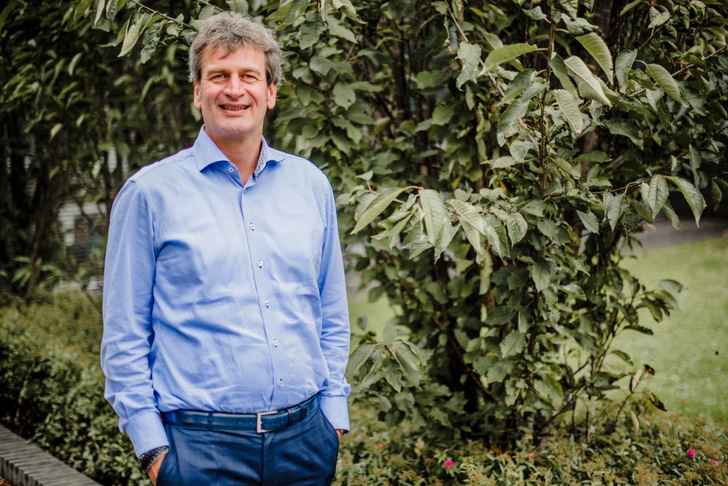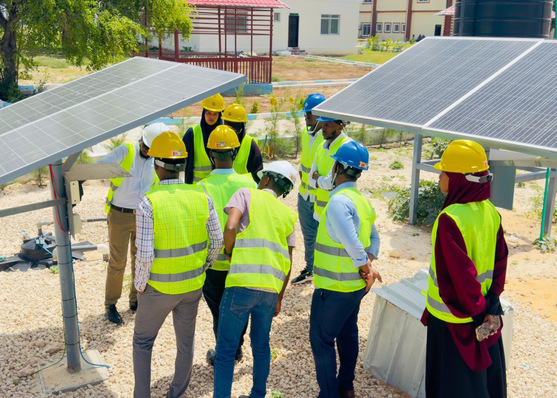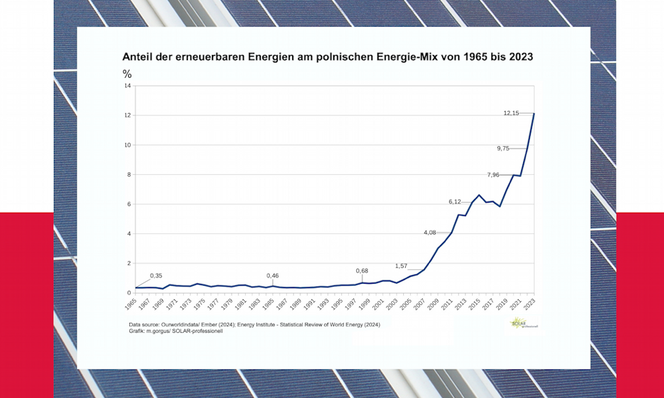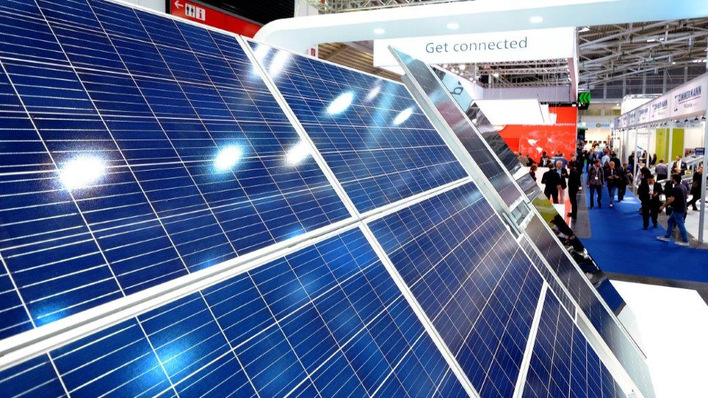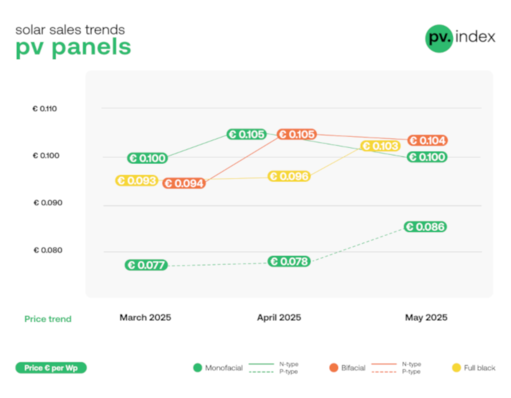At the end of 2023, in an interview with Solar365, Gunter Erfurt, CEO of the Swiss-German manufacturer of solar cells and panels Meyer Burger, called on European politicians to speed up the finalization of the Net-Zero Industry Act and national implementation. After all, the European solar industry is facing a dip on the demand side and competition from highly subsidized Chinese companies.
A month later, the company announced the decision that it will cease the production of solar panels in Germany. The factory in Freiberg will close its doors in April this year. The solar cell factory in Thalheim will remain open to support production for the United States.
„Very serious setback for any European production plans“
" This means a very serious setback for any European production plans," says Scheper. "If flagship Meyer Burger – which has also benefited from strong subsidies over the years – cannot produce competitively, which European company in the solar energy sector can? Perhaps they have received signals that European Union support is not going to happen.“
Meyer Burger's plans are not yet final, the decision will be made in the second half of February. The company is still exploring various financing options, including export financing from the German Ministry of Economic Affairs and Climate and a loan from the US government.
Did you miss that? Without solar factories in Europe there can be no energy transition
"If their departure becomes permanent, it will be a blow to the European sector. That glimmer of hope for large-scale European production capacity seems to have then disappeared. That's a real pity, because we all know that demand is going to pick up again, but it's about having enough capital to survive the interim period," says Scheper.
Also interesting: SMA expands production its capacity
"The COVID-19 pandemic and the energy crisis may have mislead us a bit, because solar panels behave as a seasonal product during 'normal times'. Demand is therefore expected to pick up again in the next quarter. But not to the level of during the energy crisis. It remains a product that has to be seriously marketed and has to be explained to the consumer. Focusing solely on price and supply and demand is therefore insufficient.“
What is the current state of the Chinese market?
The reduced demand for solar panels is also felt in China, but is experienced very differently. "The solar panel manufacturers have switched en masse from the production of Mono PERC panels to N-type solar panels and are now putting their stock of Mono PERC on sale," says Scheper.
"Other manufacturers have already taken that pain last year and are now keeping calm. They do prepare for future investments to expand production capacity, but only do so when the economic winds have changed. Inverter manufacturers have also expanded significantly to meet previous demand increases, but are currently less hurt because of catching up on last year's gigantic shortages."
According to Scheper, the transition from Mono PERC panels to N-type solar panels has gone way too fast. "The market has estimated that the demand for N-type would grow to 80 percent in the medium term and that the demand for Mono PERC would be around 20 percent for some time to come. However, these figures are already being met, so the demand for N-type seems to be coming too fast and Mono PERC is being phased out too quickly, which causes issues in the supply chain!
Major change in transport costs
"Before the summer, only Jinko Solar, Jollywood and Haitai Solar had fully switched to the production of N-type solar panels. By offering it then as a premium product and now as a mass technology, they have twice profited of it. Now almost all manufacturers have switched because the market only asks for N-type. If a customer asks for N-type, every manufacturer will commit, buys it from the competitor and then resells it. If that happens too often in three months, they will switch themselves.“
Get the full World of Solar Market Outlook Report for free here
Finally, there is a major change in transport costs, which have risen sharply due to the outbreak of violence by Houthi rebels in the Red Sea region. "These shelling causes ships to detour and can only sail with a significantly higher risk premium. Where the container price was around $1,000, it is now between $5,000 and $8,000. That saves a penny per watt peak, but at the same time the prices still remain bizarrely low," concludes Scheper. (GS/hcn)


